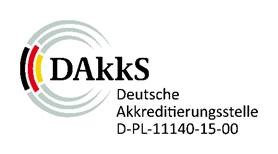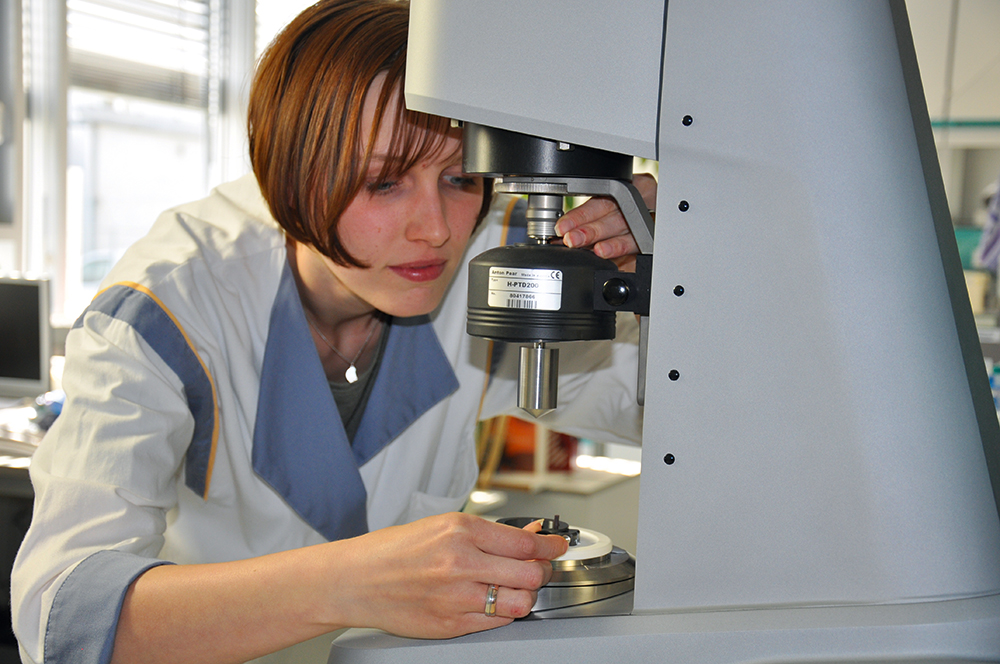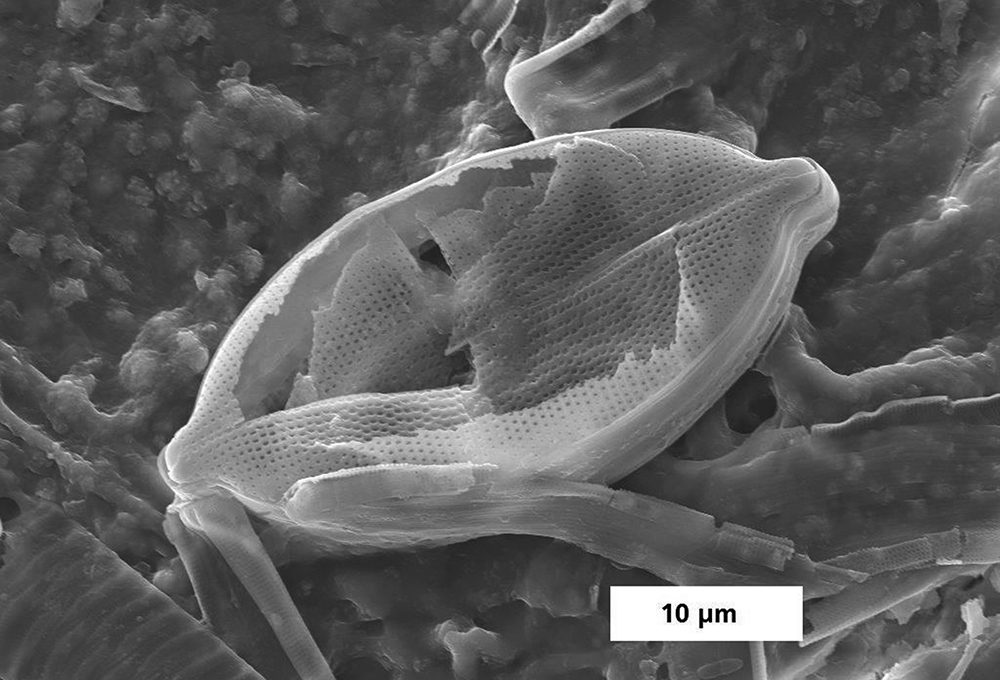
Powder and suspension characterization


With the emergence of new application areas and higher demands being imposed on products, the quality of the starting materials is becoming a critical parameter in the production of advanced ceramics. Especially for ceramic and PM manufacturing processes, characterization of powders and suspensions allows potential quality defects and their root causes to be identified at an early stage.
Powder characterization


Measurement-based evaluation of powder raw materials and dispersions yields important insight into the applicability of materials as well as their processing properties in a given application. Powder analysis is hence indispensable for effective process description, control, and optimization as well as quality assurance. In addition, key information that can be used towards the registration, safety evaluation, and authorization of chemicals in accordance with REACH can be obtained through physicochemical analysis. The DIN EN ISO/EC 17025:2005-08-accredited Laboratory for Powder and Suspension Characterization provides evaluation services for materials with various chemical compositions. The portfolio thus far has included oxide-, carbide-, and nitridebased ceramics, metals, hardmetals, and carbons as well as glasses, organic materials, and polymer particles. The multiscalar analysis extends from the nanometer to the millimeter range and encompasses both compact and porous materials. The best and fastest approach for yielding the necessary information is derived in a preliminary joint analysis of requirements. Interpretation of results and evaluation of improvement potential can be provided on request.
Suspension characterization
Development and optimization of stable, economical, and sustainable manufacturing processes and hence high-quality products are achieved through further powder handling. Introduction of raw materials into a liquid or a paste induces reactions between particle surfaces, dissolved components, and fluids. Application relevant properties, such as suspension flowability or rheology and temporal and sedimentation stabilities, are influenced by these interactions. A key task related to this is the defined modification and improvement of suspension properties based on measurement results. Processing and product properties can be optimized through adjustment of the energy input during dispersion or with additives. Depending on the project partner’s or client’s problem, suspensions with low or high solids concentrations (from a few mg/l to more than 30 % by volume) in water or in organic solvents and with adapted colloid chemical stabilities can be developed. With qualified measuring methods, the presence of inorganic and organic particles in suspensions can be quantified and changes, such as those occurring due to the presence of foreign substances, can be detected in situ.
Services offered
The Laboratory for Powder and Suspension Characterization is accredited to determine the dispersion and electrokinetic properties of liquids and solids (accredited equipment marked with * below).
Particle size distribution
- Laser diffraction (Mastersizer 2000)*
- Dynamic light scattering (Zetasizer Nano ZS)*
- Centrifugal separation analysis (LUMiSizer/LUMiReader X-Ray)
- Nanoparticle tracking (ZetaView)
- Dynamic image analysis (QICPIC)
Particle shape analysis
- Statistical image analysis (optical and electron microscopy)
- Dynamic image analysis (QICPIC)
Specific surface area determination
- Gas adsorption (ASAP 2020, test gases: N, Kr)
Bulk and true densities
- Helium pycnometry (Penta pycnometer)*
Porosity
- Mercury porosimetry (AutoPore V)
- Optical methods (optical and electron microscopy)
Surface charge (zeta potential)
- Microelectrophoresis (Zetasizer Nano ZS, ZetaView)*
- Electroacoustic measurement (ZetaProbe, field ESA measuring system)*
Rheology and viscosity
- Rotational and oscillation modes (MCR 301)
- Vibro viscometer (SV-10)
Sedimentation stability
- Centrifugal separation analysis (LUMiSizer)
- Gravity separation analysis (TurbiScan)
Special application areas
Raw materials selection and sampling
- Comparison of materials from different manufacturers
- Testing of different batches
- Dispersion of raw materials
Nanomaterials
- Evaluation according to defined standards/EU definitions
- Dispersibility of nanomaterials
- Presence in physiologically and ecotoxicologically relevant media
- Interaction with macromolecules (proteins/humic acids)
- Colloid chemical stabilization for different applications (e.g., coating deposition)
Suspension development
- Preparation of binary and ternary suspension mixtures, e.g., for thermal spraying
- Abrasive suspensions for finishing applications (adaptation of rheology, e.g., as a function of the applied magnetic field)